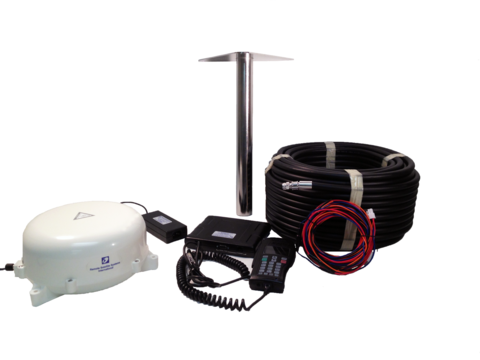Remote Satellite Systems has been helping local governments, law enforcement agencies, first responders, and other organizations have access to reliable communication systems for 20 years. From the beginning, we’ve been at the forefront of satellite technology – a fact that continues to excite and drive us. The great thing about having such extensive experience in the industry is that it allows us to provide our clients with the best possible product and service solutions to their problems.
By using what we already know and have done for other clients, we can create effective communication systems more efficiently. We know what works for each type of organization because we’ve seen it in action. We have an understanding of each sector’s needs, the challenges, and which products and services will fit their requirements exactly. We also know which products will be a good fit for the technical capabilities of the people who’ll be using them. Not only does this address the need that brought the client to us in the first place, but it also ensures that they’re able to be more effective and efficient themselves and have built-in future scalability options.
Interoperability is factored into everything we do. County officials, city governments, law enforcement, and first responders all need to be connected in the event of a disaster. By working with this in mind, we ensure that these agencies have what they need to stay connected, regardless of the emergency. As many natural disasters generally affect the larger geographic region, first responders and local governments need a reliable way to communicate with outside organizations as well. By broadening the scope when we create communication systems, we can ensure that the organization we’re working with can communicate with any agency they need to reach when they need to reach them.
We also think about the interoperability of the equipment and services when designing our systems. In times of disaster or emergencies, often the only reliable communication networks are satellite-based. Satellite networks provide immediate voice and data connectivity, with redundancy that isn’t dependent on phone lines or other regional terrestrial infrastructure that may be damaged or ineffective during an emergency. Since radio is now digital and able to be integrated with satellite communications, first responders can stay mobile and connected to their home agency or outside ones, regardless of where they are.
When Remote Satellite Systems worked with San Francisco International Airport, it was critical for the Emergency Operations Center and 911 planners to have the ability to communicate while being away from central command in the event of an emergency. By setting up the latest in MSAT satellite technology and giving emergency personnel push-to-talk radio capability, as well as handheld satphones, staff had access to reliable, redundant means of communication at all times.
In addition to creating systems that fully support our clients’ present and future communication needs with turn-key solutions, we are also an Airtime Service Provider that includes network and airtime support services. Satellite systems are complex, and in many situations, our clients don’t have the time or the technical expertise to fix issues as they happen. We are always a phone call away, and you can talk to a real person who will know how to get your system working as it should, quickly and efficiently. This saves time, resources, and better yet, allows our clients to continue focusing on their essential operations.
Whatever your organization’s communication challenges are, Remote Satellite has a solution. With our experience and in-depth knowledge of our products and their capabilities, we know how to create a system that will allow your team to stay connected – regardless of the emergency or location.






 The next great shift in satellites is interoperability.
The next great shift in satellites is interoperability.